So we made a game for Robyn and Red Bull Music. This is the second post in a series of posts about this. Here our UX Designer Nana talks about designing a competition for the compassionate, and the secret ingredient to a sticky game.
Post nr 1: Making the server side…
Post nr 2: This post…
Post nr 3: The design of…
If you ever get the chance to make something for Robyn’s fans, take it.
This year Robyn released her first album in eight years, and the only way to get tickets was to play a game. We were asked to make this high stakes competition while encouraging collaboration and generosity. On top of that we were tasked to force the players to interact face-to-face with strangers and make it enjoyable.
As a Stockholmian that enjoys the comfort behind my screen and noise cancelling head phones I had to wonder, what does that even look like?
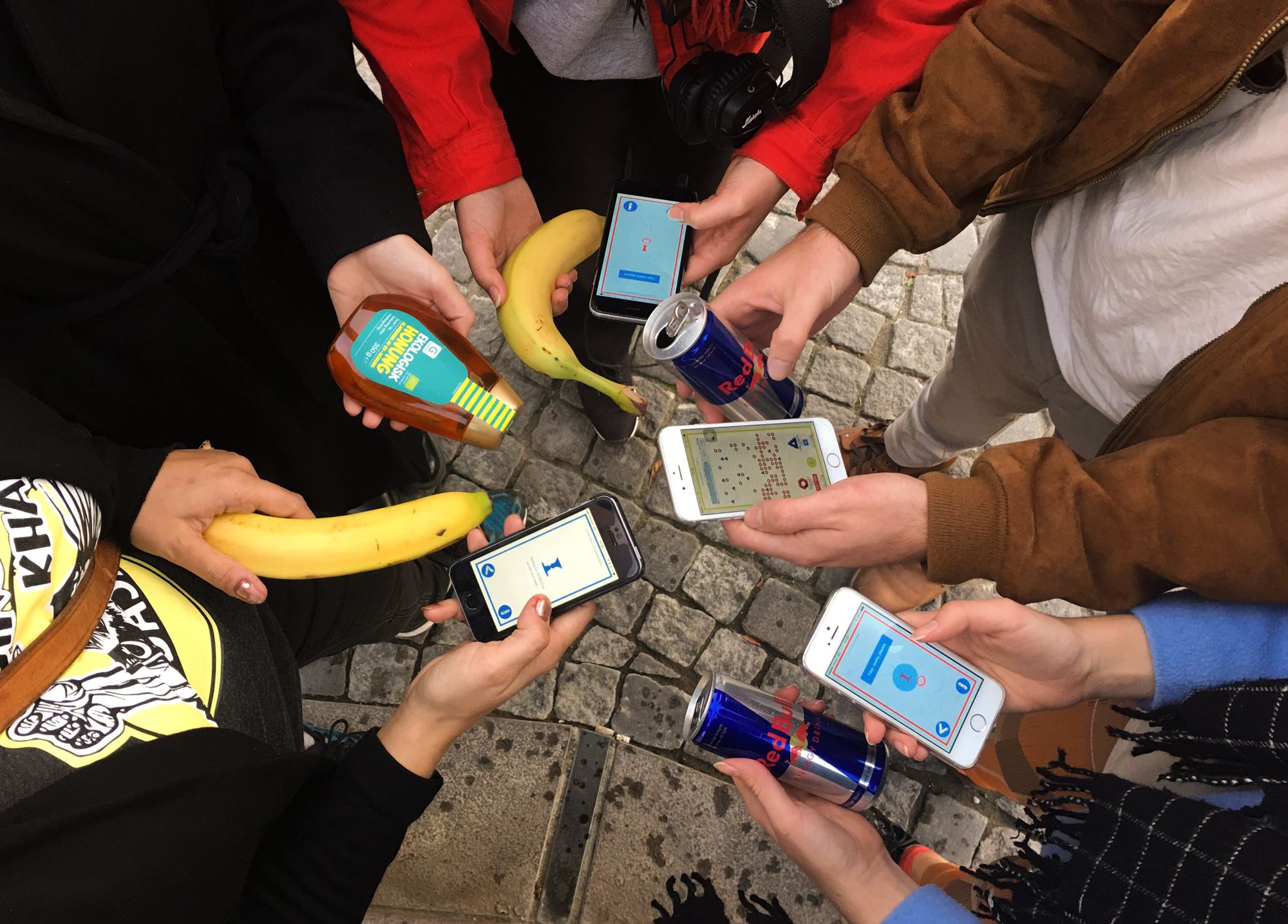
This totally looks like a staged PR-pic, but it’s just a couple of Malmö swappers trying to charm Red Bull into giving them a rare artifact.
Spoilers! Before we get to that, we wanted to share some behind the scenes of making the game. It has been an absolute blast, and we are so grateful we got to make something for Robyn’s wonderful fans. Game mechanics and design can only nudge players so far, what they chose to do with it was the real magic.
So here is a peek into the work that went into bringing this game to life! I can talk about this game for hours, but to keep it short (hah!) let’s focus on three goals I as a game designer had my eyes set on:
- Reward collaboration and hardcore fans
- Make the game bigger than the app
- Make meetups meaningful and memorable
Rewarding collaboration and hardcore fans
Red Bull and Robyn knew they wanted a board with pieces. Each day the players would get a new piece and they would have to meet up with other players IRL to trade copies of their pieces in order to fill their board. There were also rare pieces that could only be unlocked with a code. (If you’ve played the game you might notice we didn’t call it “artifacts” or “swapping” yet)
As a UX Designer for a super secret project that can’t be user tested on a big scale it was my job to try and predict what the players would do with the game mechanics we gave them. It was a tough case to crack considering we had no idea if we would have 500 or 10 000 players.
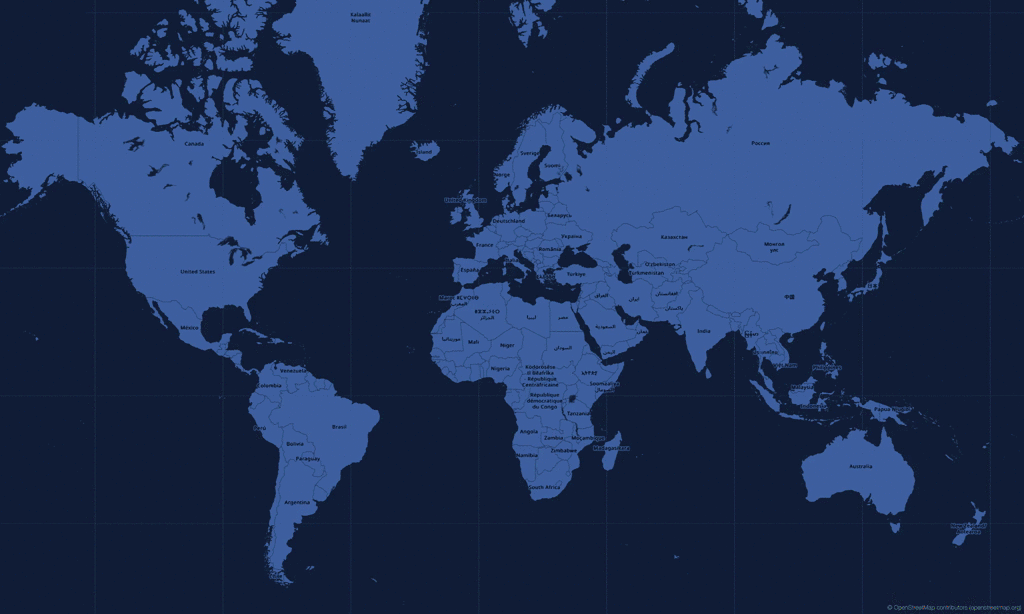
Heatmap timeline of 20 000+ players meeting up 320 000+ times and unlocking 50 000+ artifacts during the game’s three weeks. I was so young and naive.
If it was only a race to collect the most artifacts there would be no incentive to help each other out (except for the kind nature of your heart). So we decided to center the scoring system around four main metrics:
Going into this we knew there was a risk of opportunistic players in big cities joining on the last day. We added achievements and scored them in a way that rewarded dedication and being an early adopter. Having a 14 day streak was worth more than meeting 30 people. In the end, 95% of the top 500 players joined the first week of the game. The top 5 Swedish players all joined within the first 4 hours.
We didn’t let the users know exactly how we scored their progress, we hoped it would encourage players to compare and collaborate. But they had a statusbar that let them know if they were on track for a ticket or star treatment.
It was a close race to the ticket level. In the end the difference between number 450 and 550 was the equivalent of meeting 40 people and sharing 70 artifacts. But there was a nice spread in the top 500. The top player met 923 people, shared 2 200 artifacts and earned 70 060 points. Player number 500 sat on 13 440 points.
Making the game bigger than the app
One way we nudged players to collaborate and reach out to each other was making them think of the game bigger than the app. That meant we didn’t want the app to be too comfortable to stay in.
At first there was talk about missions in the app that would unlock rare artifacts (one I fondly remember was Robyn’s idea to stand quietly in the woods for 10 minutes) but for multiple reasons we decided that the rare artifacts would be unlocked with codes that could appear unexpectedly in the physical or digital world.
Another example of how we did this is how we designed the swap-radar where players could choose who to swap with. If we wanted to make the app comfortable, we might have gone this route:
Early swap-radar sketch.
If nearby players were always visible on a map and the player could zoom in, out and pan around it would be pretty easy to stay in the app and keep an eye on when players were nearby, and how to get to them. Instead, we wanted the players to hit each other up outside the app, so we didn’t want to let them get a too good idea of their surroundings. Here is our journey from wireframes to the finished look:
Making meetups meaningful and memorable
I think the first thought that comes to most people’s minds when they think of a trading system in a game is pretty simple: Player A sees Player B in the game and sends a request to trade. Player B accepts, and they automatically trade pieces. But that just ain’t gonna cut it when we’re trying to force them out from behind their comfortable screens. (Sorry!)
We explored different swapping systems. QR-codes, bluetooth, bumping. But we were falling into the trap of letting technology make the connection for us.
The solution was kind of simple. One player gets a code if they are standing close enough, and the other player has to enter it on their screen.
It’s not a huge task, but I think it had a pretty big effect. When I went undercover and attended my first swap meet it was really nice seeing everyone working together and given a reason to talk to each other, telling each other which symbols to press.
Speaking of symbols. They’ve been on a journey to reach the look and feel they had in the game:
The secret ingredient: The right users for the right game
“Collaboration gets you further in the game! (And in life!)”
– Robyn
All of these choices could have backfired or fallen flat. I’m used to designing products that help the user every step of the way. Usually, UX design is about making things easier, not mythical and difficult to understand. There is no rage like not understanding an app.
And even though there were frustrations and my heart goes out to players that fell through the cracks (I wish we had balanced it better for players in smaller cities for example) I was not prepared for the perfect match the values of the game aligned with the players. They took their kindness and went above and beyond.
Like all the winners who decided to give their +1 ticket to players they never met:
Or the players that shared codes to the rare artifacts to help other out:
This describes the experience very well (in Swedish), giving a shout out to all the kind swappers she met:
Thank you for the opportunity to be a part of this experience, Red Bull Music, Robyn and all of her fans <3

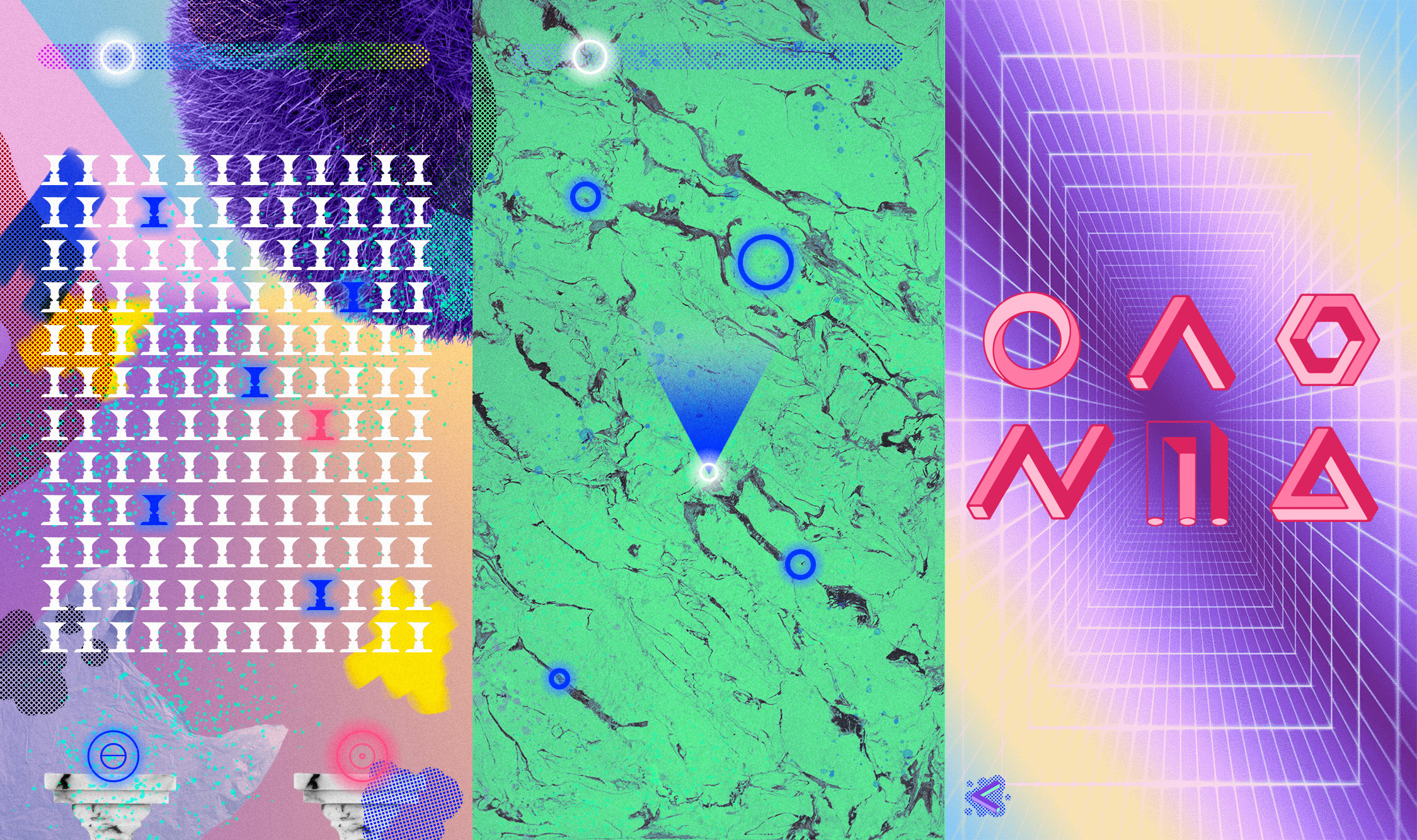
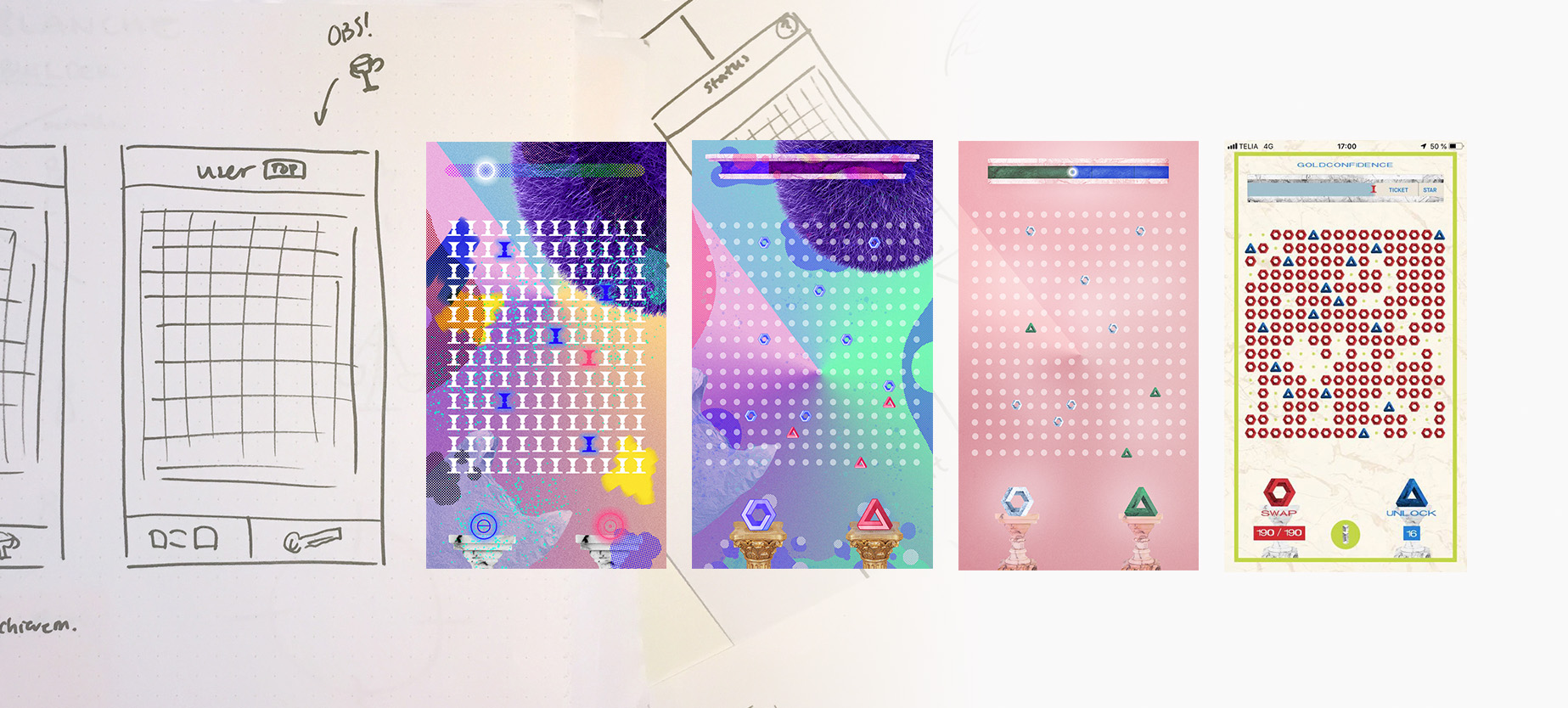
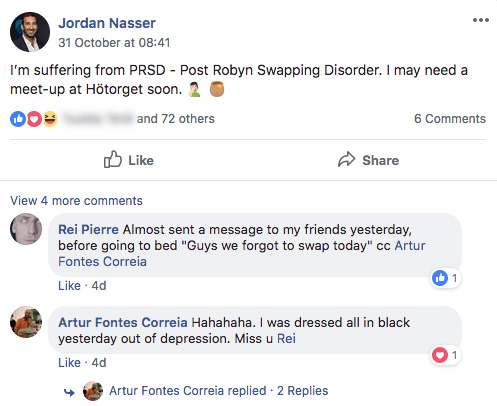

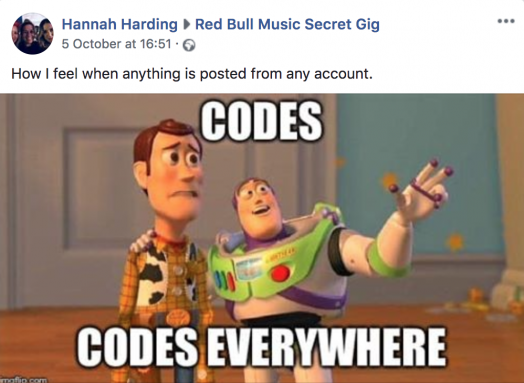
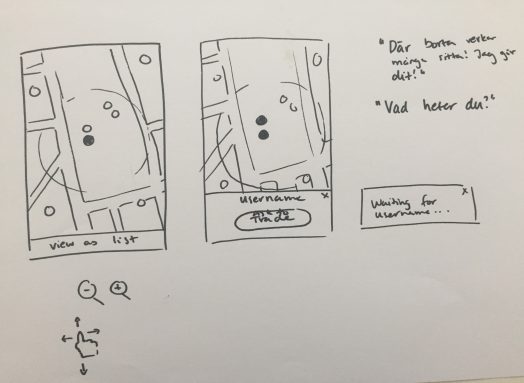

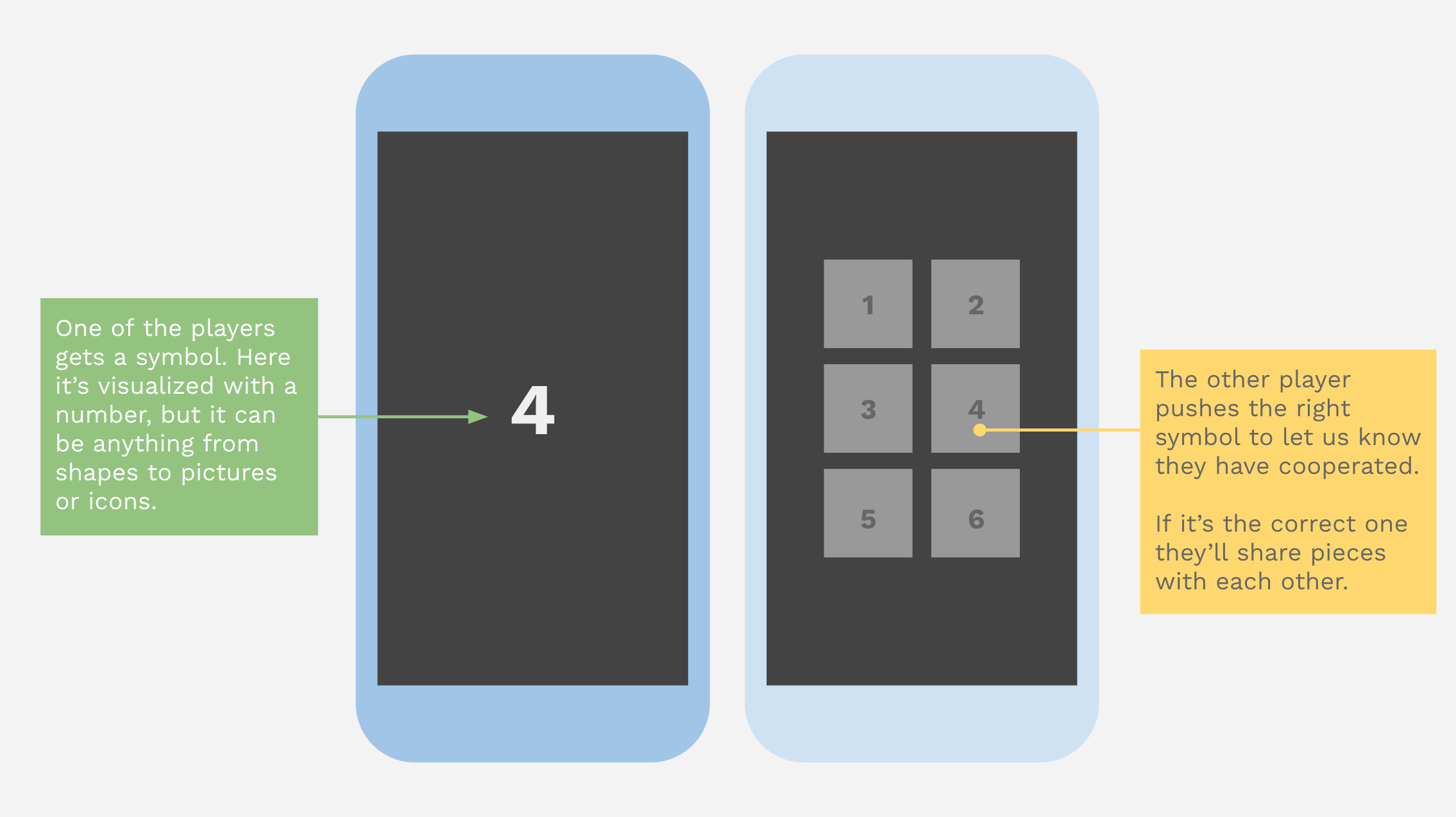
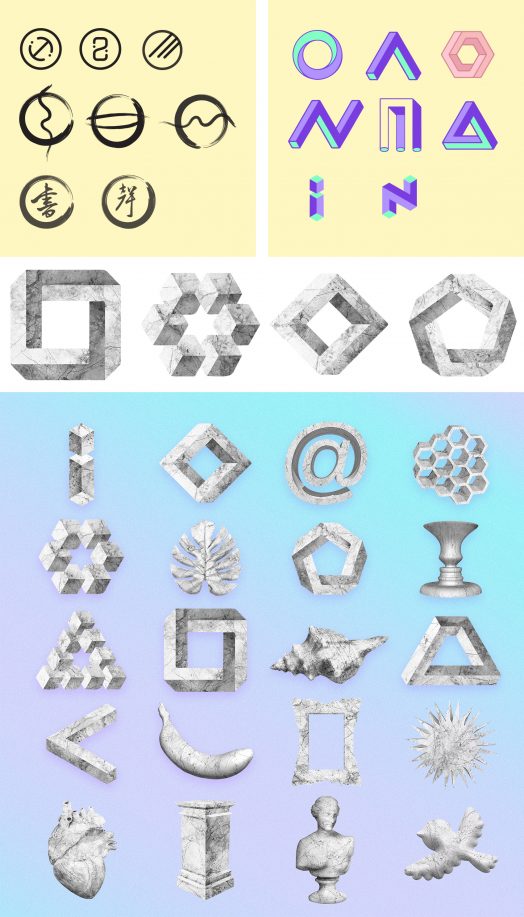

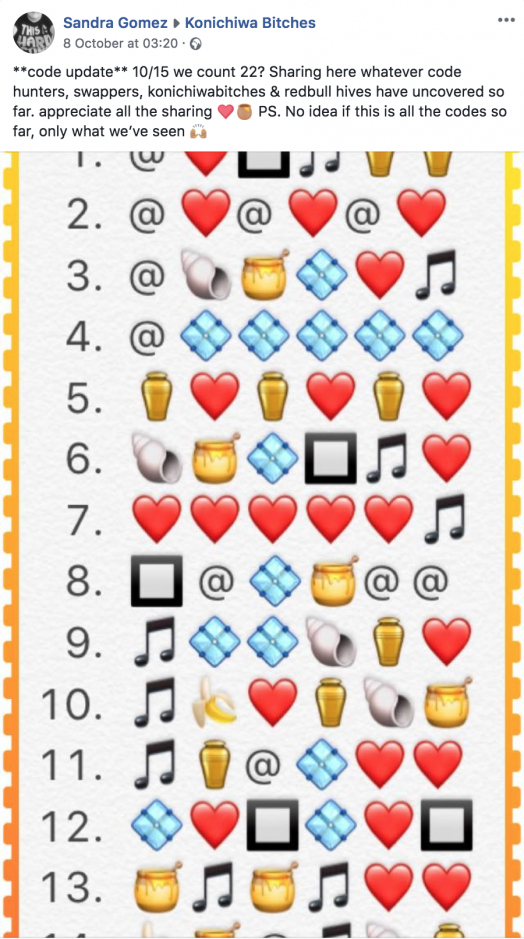
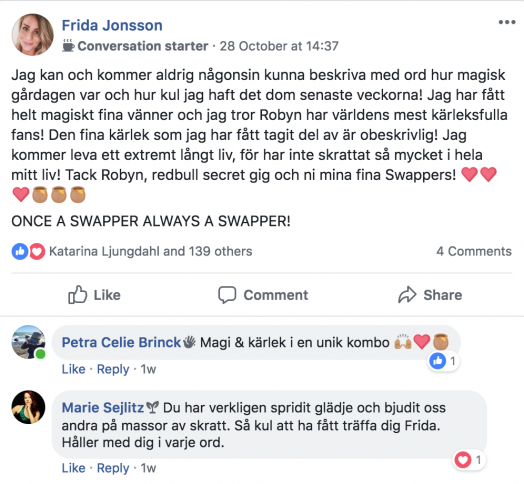
Comments
One response to “The making of Red Bull Secret Gig x Robyn”
Both my partner and I played the game and won tickets. We loved it! It was such an amazing experience. We both love games and as you can imagine we spent hours discussing how the game was designed and what rewards that really mattered and how many points they would give.
The most amazing part of the game was to first-hand experience how people help each other. Everything from sharing codes to people who won tickets decides to share with the ones that did not get a ticket.
Well done guys and thank you.